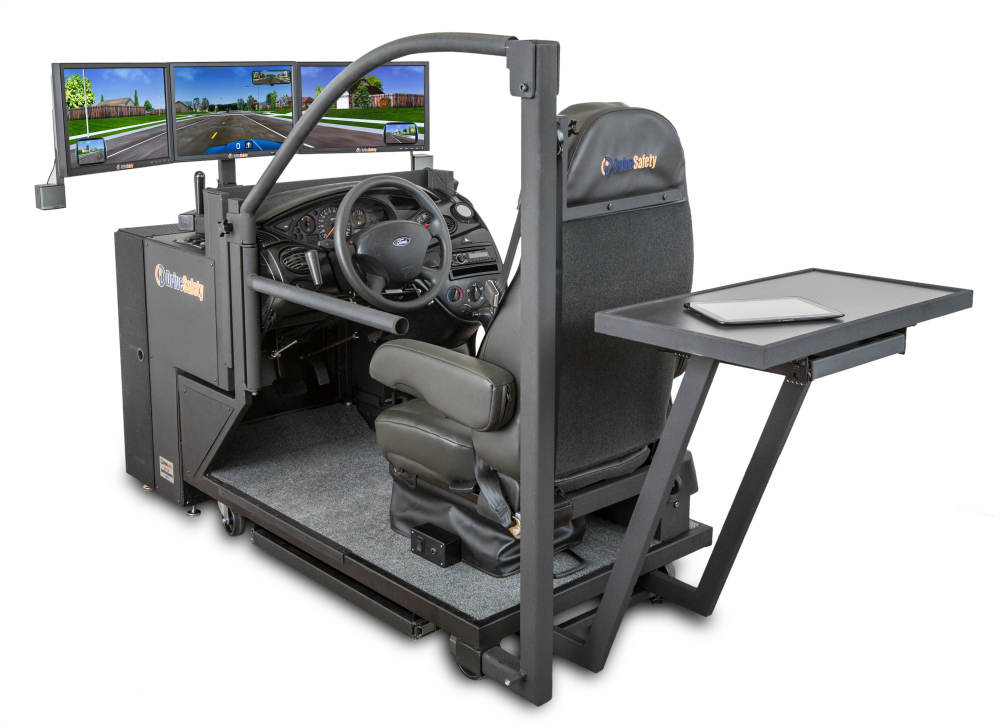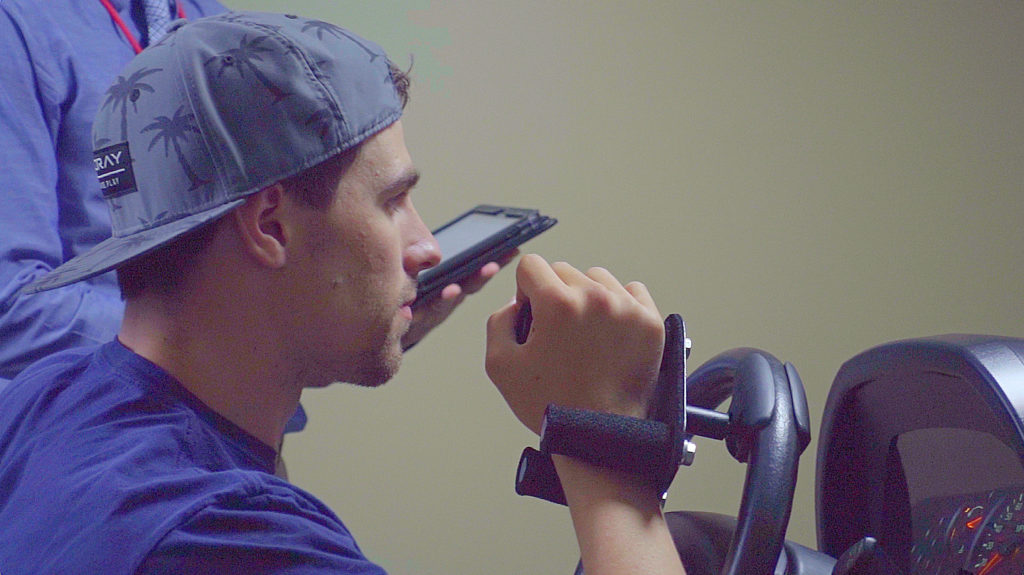DS 250 - For more advanced driving assessment
The DriveSafety DS 250 simulator was developed specifically to help researchers measure responses to driving-related stimuli. Researchers engaged in driving studies can use the DS 250 to enhance and document their findings. Unmatched in the industry for its fidelity, face validity, research-oriented features, the DS 250 incorporates many of the capabilities of the DS 250 simulator but is tailored specifically for laboratory environments with smaller footprint requirements. Drivers sit in a partial cab based on a Ford Focus sedan and are immersed in an authentic automotive environment with simulated driving scenarios and ambient traffic sounds.


